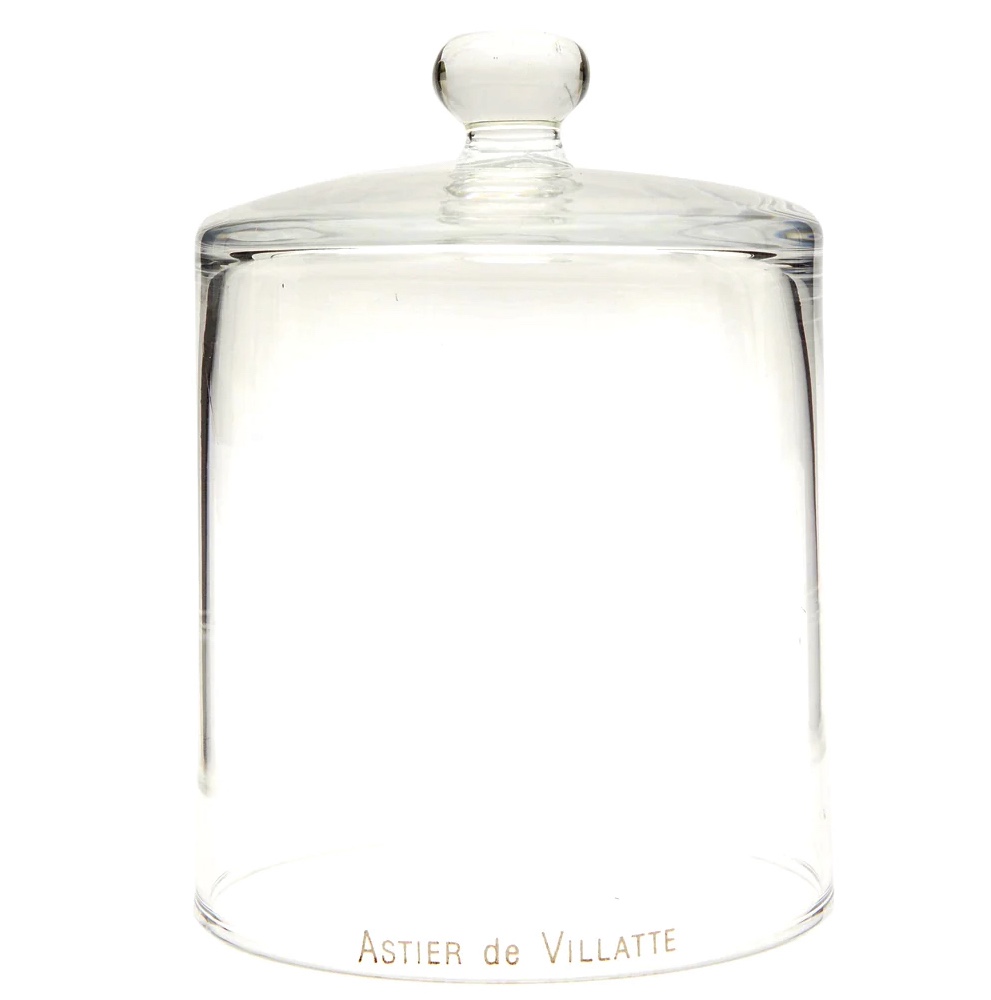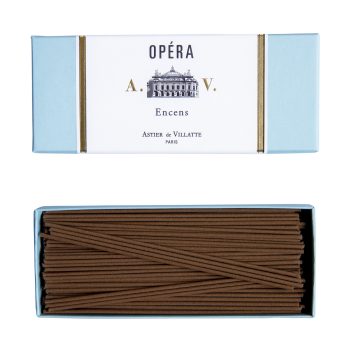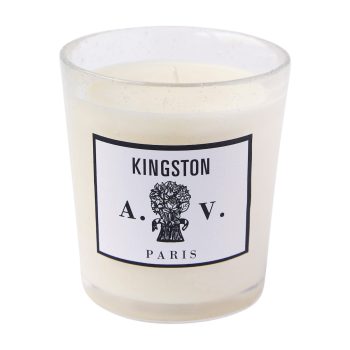Description
Glass Candle Cloche by Astier de Villatte
Hand Blown in France
The glass candle cloche is the perfect accompaniment to your beautiful Astier de Villatte candle. Keeps your candle free of dust and acts as a snuffer.
Created in 1996, Astier de Villatte has many facets:
– An artisanal ceramics workshop in Paris, the only one of its kind, which takes up and modernises the tradition of Parisian manufacturers of the 18th century.
– A typographic printing press in the Paris suburbs, the last in France (and one of the last in the world) to print lead books.
– A publishing house, with three first publications, the atypical guide Ma Vie à Paris, the art book Drawings with the poly-talented artist Lou Doillon and now the new edition of Mitsou de Balthus.
– A perfume creation workshop where, in collaboration with exceptional noses, colognes, incense and a whole collection of scented candles on the theme of an olfactory world tour are invented.
In 2008, it was a novelty, a scented dishwashing liquid launched for fun at the store and sold in the thousands, which propelled them into the magical world of scented products. With their associate, Emilie, in collaboration with Françoise Caron, star perfumer at Takasago, a Japanese fragrance creation company, they launched their Eau de Cologne, their Hand Care and their first collection of scented candles on the delirious theme of a olfactory world tour. Over the years, the collection of scented candles and eau de cologne grew, thanks to the creativity of other highly talented perfumers, including Nathalie Feisthauer, Alexandra Monet and Christophe Raynaud.
Eager to extend the range of perfumes for the home, Benoît and Ivan leave for Awaji, the island of Japan specialised for hundreds of years in the manufacture of the best incense in the world. Thus begins a new adventure, combining the know-how of Awaji’s family workshops with that of the great Parisian perfumers.
More than collaborations, for Astier de Villatte it’s about stories of friendship and aesthetic affinities leading to the creation of a universe that wants to be unique in its kind.
Today about fifty workers, mostly Tibetans, work in the manufacture of ceramics and Astier de Villatte lamps, two people are employed by the printing works, and about fifteen people are divided between the two Parisian shops and the offices





